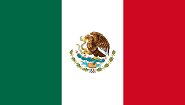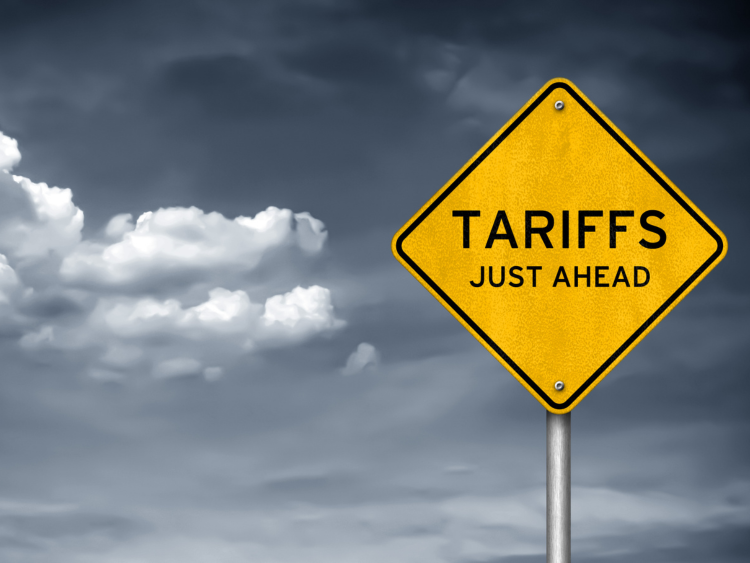Trade Cases

Mexico eyes steel tariffs on US as trade fight brews
Written by Ethan Bernard
February 28, 2024
Mexico has said it will place retaliatory steel tariffs on the United States if the US acts to reimpose Section 232 on its neighbor, according to an article in Reuters.
“Imposing tariffs on steel is not convenient for either the United States or Mexico, because if there were tariffs, they would be impacted the most, given their larger presence in the market,” Raquel Buenrostro, Mexico’s secretary of economy, was reported as saying in a press conference on Tuesday.
The words come amid escalating tensions between the two countries on the subject of steel imports. The US is threatening to reimpose Section 232 tariffs on Mexican steel imports because of what it deems a “surge.” Mexico disputes this.
Steel trade groups react
Philip K. Bell, president of the Steel Manufacturers Association (SMA), told SMU the USTR is working hard to reach an agreement with Mexico to “stop the surge in steel imports” into the US.
“Mexico is a key trading partner, and we hope the two sides can come together on a deal that brings imports back in line with historic norms and curbs transnational shipping of steel from nonmarket economies to evade US trade laws,” he added.
Kevin Dempsey, president and CEO of the American Iron and Steel Institute (AISI), said in a statement to SMU, “There is no basis for Mexico imposing tariffs on steel exports from the United States.”
He commented that the current discussions between Mexico and the US “are about ensuring that Mexico lives up to the terms of the agreement it entered into in 2019 to gain an exemption from the Section 232 tariffs.”
Dempsey said this requires “establishing an effective monitoring system to ensure that there are no surges in their exports of steel to the US.”
Like Bell, he stressed, “It also requires taking additional steps to prevent the transshipment of steel made in third countries through Mexico to avoid the Section 232 tariffs imposed on steel from other countries.”
A request for comment from the Office of the United States Trade Representative (USTR) was not returned by time of publication.

Ethan Bernard
Read more from Ethan BernardLatest in Trade Cases

Price on Trade: The foolishness of free trade with controlled economies
It was only a matter of time before a shutdown happened. And, no, we aren’t talking about the federal government’s lapse in appropriations. On Oct. 9, Beijing announced a series of restrictions that will effectively shut down exports of rare earth elements, magnets, and certain downstream products vital to advanced manufacturing.

Trump pulls plug on trade talks with Canada after anti-tariff Reagan ad
US President Donald Trump took to social media late Thursday night to announce he was canceling trade talks with Canada.

Leibowitz: Renewed trade war with China over rare earths
On Oct.10, President Trump announced major increases in tariffs on Chinese goods. The trigger was a new regime of export controls on rare earth metals and products using those elements, including magnets, capital equipment, and catalysts for catalytic converters in cars and trucks.

Industry piles on new Section 232 steel derivative inclusion requests
The Department of Commerce received 97 submissions from producers, manufacturers, and groups seeking Section 232 tariff coverage for steel and aluminum derivative products.

Price on Trade: New EU steel tariffs don’t mean the US should weaken its stance
Any steel imports into the EU that exceed the new, lower quota level would be subject to a 50% tariff, which represents a major increase from the EU’s current 25% out-of-quota tariff. This move would largely align the EU’s steel tariff rate with Canada and the United States.
